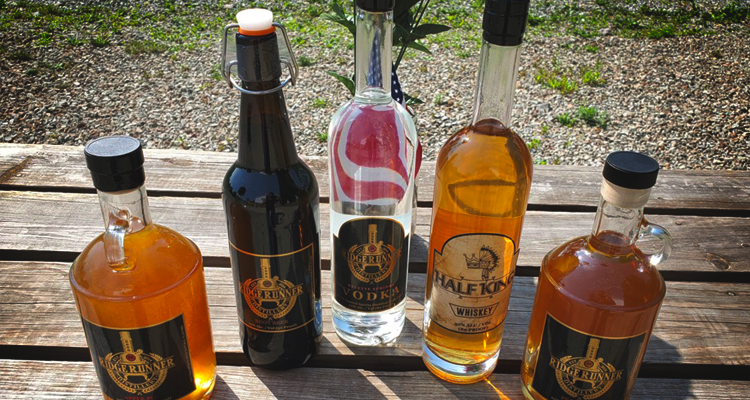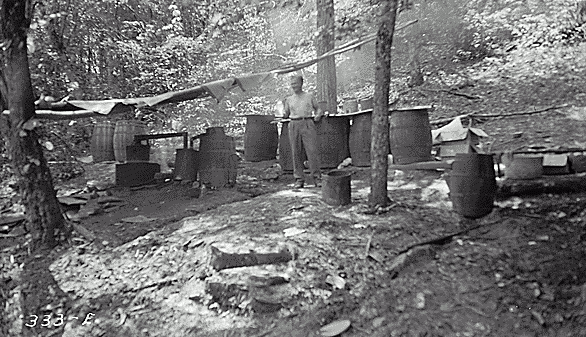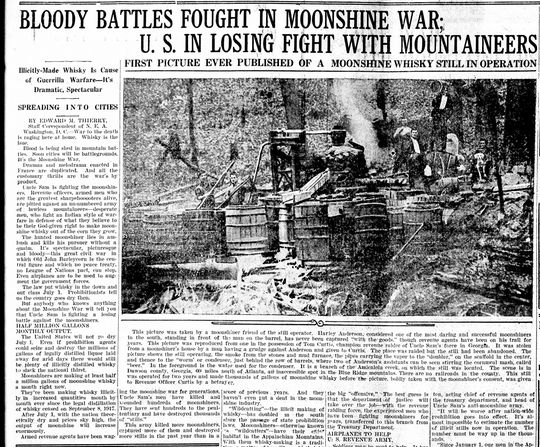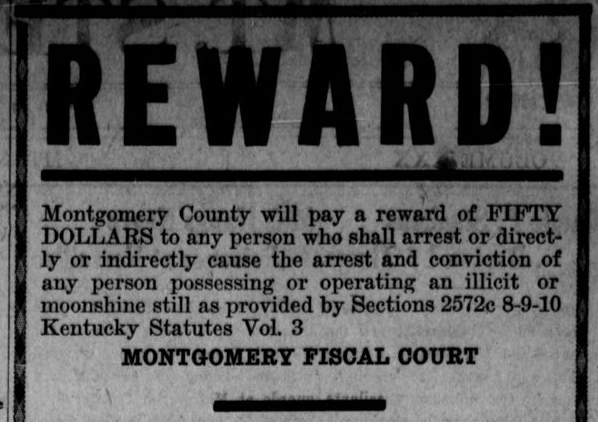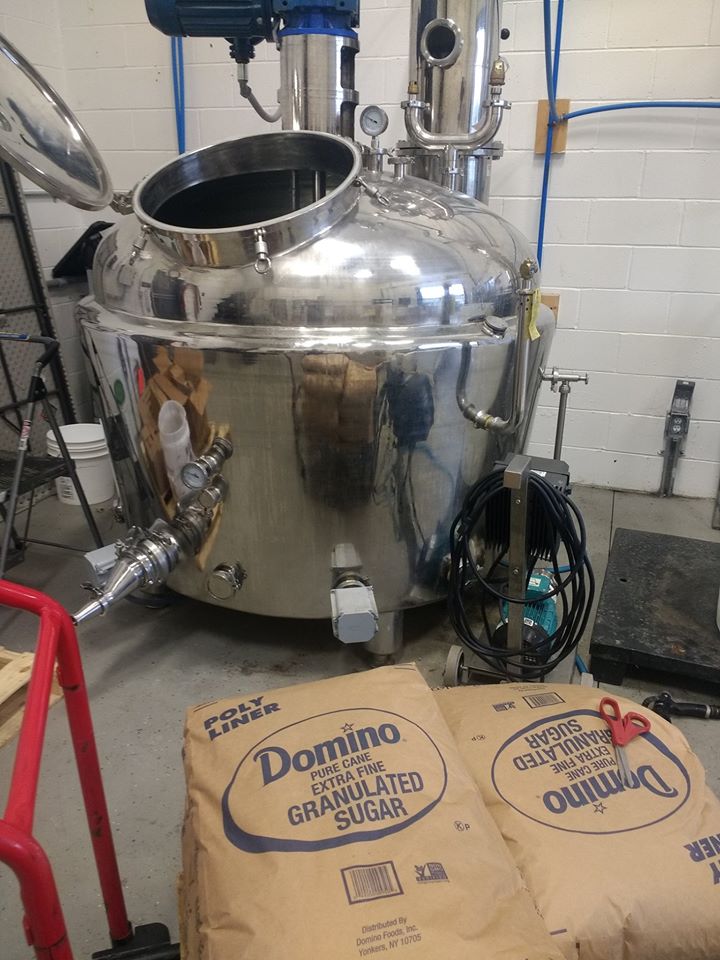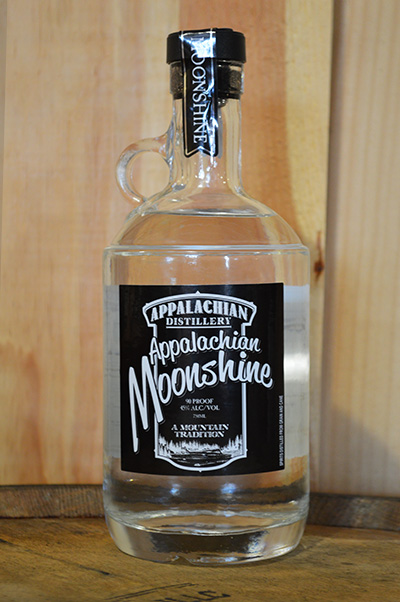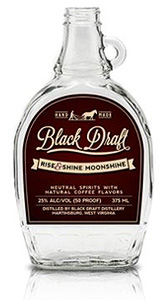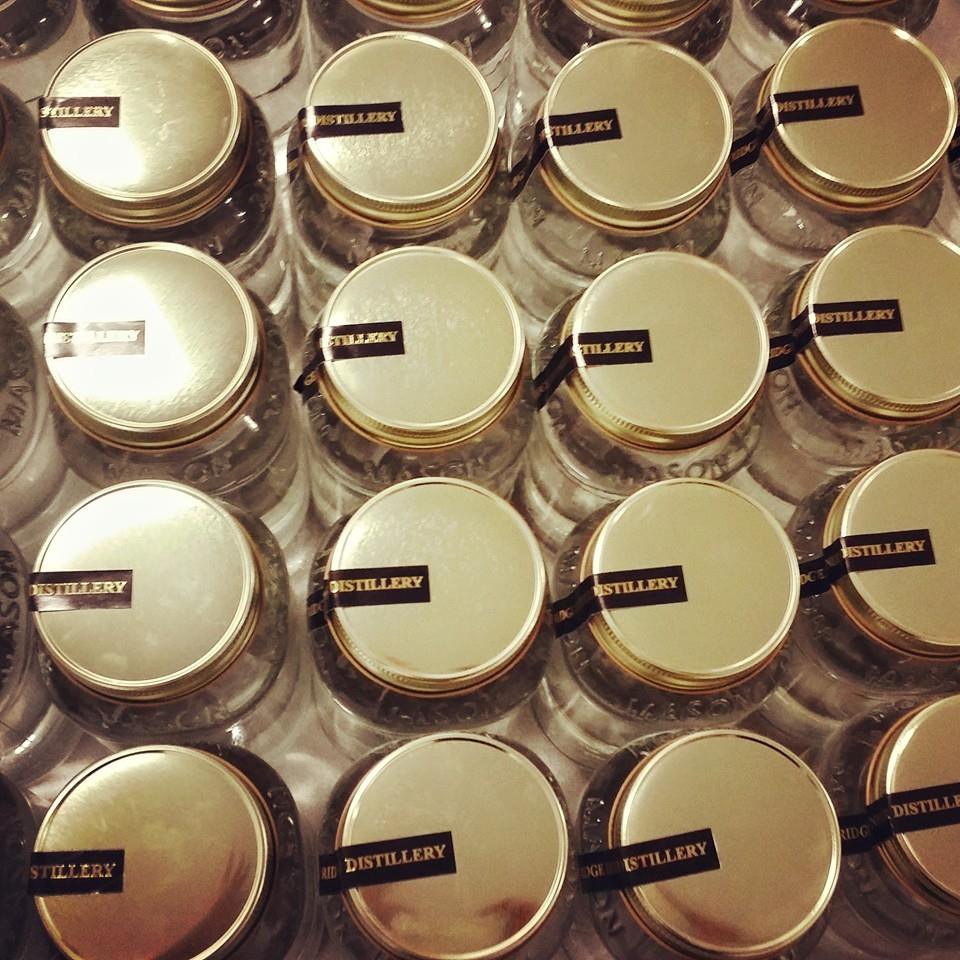In the deep woods, along the cool creek (pronounced crick), the moon rises over the sugar maples, locusts, elms and sycamores of West Virginia and bounces off the copper twisting tubes of a still. That’s when a Mountaineer moonshiner’s day began. Time to go to work!
West Virginia’s history has long been inebriated by moonshine folklore. Moonshine is a rich part of the state’s history — both the legal and well, illegal, varieties. As a result of TV shows and popular media, the entire country seems to be intoxicated by its history. Many recently celebrated its history on National Moonshine Day last month.
Some would say that moonshine lends credence to stereotypes — the stereotypes that Mountaineers who operate illegal whiskey stills are in the back hollows by moonlight, trying to avoid revenue agents and law enforcement. They fly down back roads at high speeds in modified cars — which helped develop NASCAR and some of its original drivers. But these aren’t all stereotypes. While illegal, they were true events.
So raise a glass of one of the many commercial varieties of legal moonshine, delve into a brief history of moonshine, and salute this part of our state’s wild and wonderful history.
TAXATION AND DEVELOPMENT
A new colonist by the name of George Thorpe assured a business partner in England in a letter dated Dec. 19, 1620, that he was doing well — despite reports otherwise. In the letter, Thorpe mentions “soe good drinke of Indian corne.” Some historians believe this may have been the colony’s, and perhaps America’s, first batch of whiskey that had been a tradition for settlers in the British Isles previously.
In 1791, the young nation’s congress imposed its first taxes on stills and whiskey. This sparked protests in subsequent years and the infamous Whiskey Rebellion of 1794 in nearby western Pennsylvania and parts of present-day West Virginia. President George Washington mobilized and personally led a large militia to settle the conflict. Ohio and Monongalia County, Virginia, (now West Virginia) witnessed similar uprisings.
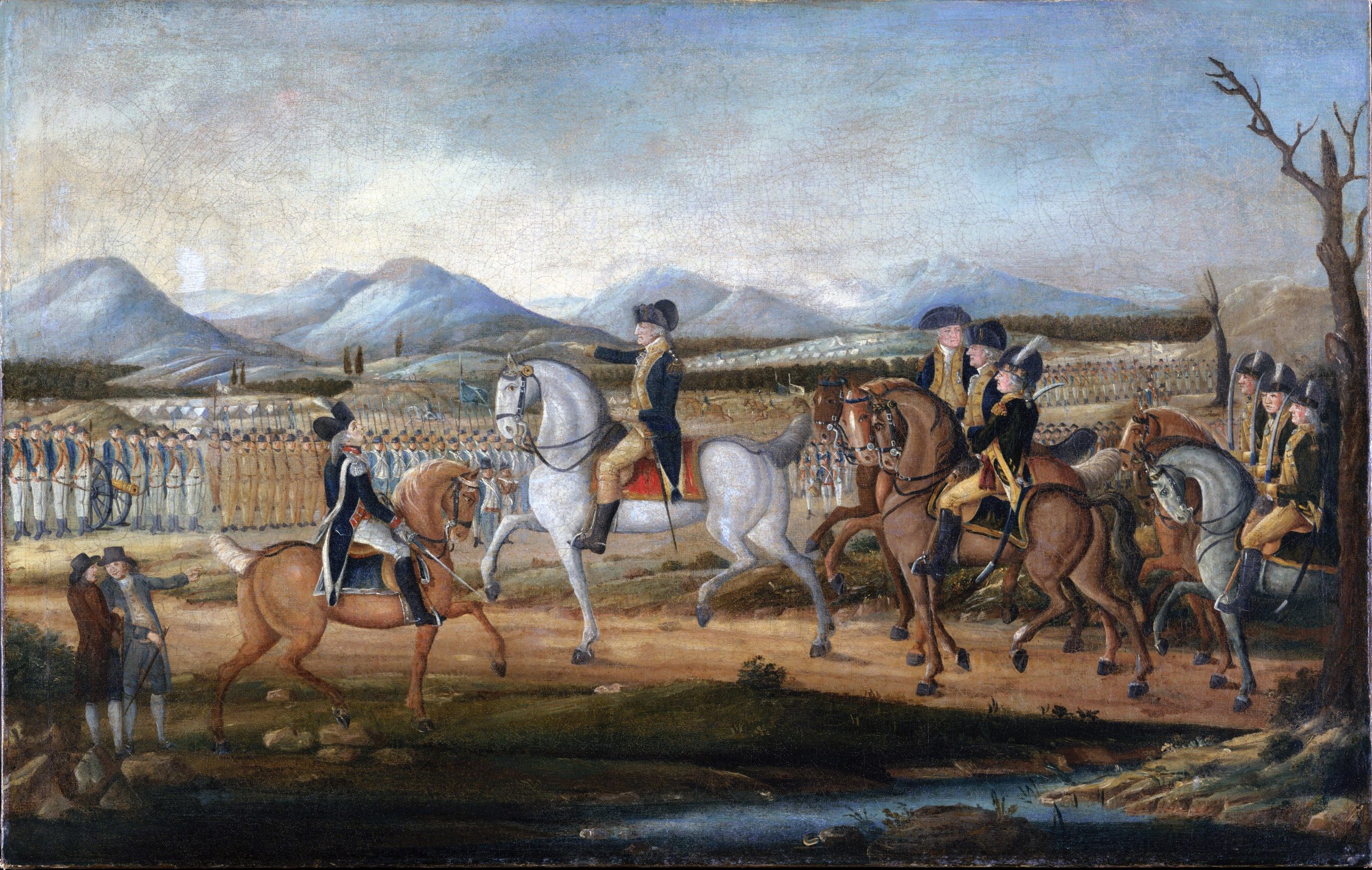
In 1799, Washington’s distillery at Mount Vernon produced nearly 11,000 gallons of whiskey making it one of the largest distilleries in the nation. Sadly, six enslaved distillers produced this whiskey. According to the Mount Vernon website, these men were Hanson, Peter, Nat, Daniel, James and Timothy.
The whiskey tax was repealed in subsequent years and would not be enforced again until 1862, except for a brief period of about three years.
The Weekly National Intelligencer reported on Jan. 7, 1864, that, “…the estimate of the Bureau of Internal Revenue of the annual manufacture of whiskey in the country is one hundred million gallons.”
Moonshiners had long been known to conduct their “business” by the light of the moon — hence the name. On July 26, 1896, the Wheeling Sunday Register discussed the work hours of moonshiners in a column titled “Turn Day To Night.” The Register notes, “They (moonshiners) rise promptly at 7, as though by a whistle. They breakfast, and by 9 are at work. As the dark comes on they are more and more secure, and it is not until they see the moon go down and the sun send up its first red streaks that they stop.
“Many moonshiners’ children never have seen the daylight. So anxious is the moonshiner that he makes his whole family keep his own hours. There is less danger if all are awake at night under the moon, when the world is sleeping.” So was the life of a West Virginia moonshiner.
Prohibition in the United States brought additional anxieties and crackdowns on Mountaineer moonshiners. There are countless additional articles of arrests and accounts of whiskey stills being “busted” during these years.
One incident during this time is particularly interesting. The Calhoun Chronicle reported on Nov. 23, 1922, of the incident in Hinton, West Virginia, with the headline, “Throwing of Jar Causes Arrest — Moonshine Evidence Strikes State Trooper on Head.”
“The shattering of a moonshine container, otherwise known as a gem jar, causes a lot of noise and sometimes a lot of trouble. Ida Reynolds drained one of her ‘crocks’ to the last dregs and hurled it carelessly out the window. That started something,” according to the article.
“Sergt. Cleet W. Smith, of the West Virginia State Police, known as a fearless and resourceful officer, was one of a party of raiders touring Ida’s neighborhood. The gem jar (crock) became his crown. He didn’t hesitate a moment but rushed into the Reynold’s domain, only to be confronted by a badly frightened woman wagging a police automatic pistol.” It was found that a policeman had given her the pistol. The policeman was arrested and “held to the federal grand jury,” the newspaper stated.
THE HATFIELDS AND MOONSHINE
The Hatfields of the Hatfield and McCoy feud, one of West Virginia’s most infamous families, have a long history with moonshine.
On Sept. 3, 1914, the Wheeling Intelligencer reported that several large stills, thousands of gallons of moonshine whiskey and beer had been destroyed in Buchanan County, Virginia — which is only about 15 miles from Hatfield “country” in southern West Virginia.
It was reported that one of the stills destroyed belonged to Old “Cap” Hatfield. Cap was the son of the infamous “Devil Anse” Hatfield and was heavily involved in the feud. The Intelligencer was quoted as reporting that Hatfield, “…is said to have escaped to the mountains. This cannot be confirmed although the still was captured on his property.” Bob Hatfield was also arrested and taken to Williamson, but escaped “…from the window of a flying train.”
On Oct. 17, 1911, a saloon worker by the name of Octavo Geromie killed two of “Devil Anse” Hatfield’s sons, Elias and Troy, in Fayette County, West Virginia. The young Hatfields were described in the Oct. 25, 1911 edition of the Ceredo Advance as “otherwise peaceful citizens.” They returned fire and killed the man who had shot them as well. Elias had previously been in the West Virginia Penitentiary in Moundsville for the murder of Humphrey “Doc” Ellis, but was later pardoned by Governor Atkinson. According to the same newspaper account, the dispute escaladed over an alcohol distribution territory agreement — potentially beer and liquor.
On the hillside graveyard during the funeral, the matriarch of the Hatfield clan, Levicy Chafin Hatfield, made a plea for her sons to make an honest way of living. Many made that commitment to their mother. The Oct. 26, 1911, Shepherdstown Register was quoted as saying that “the aged parents rejoiced over their conversion.” Only a few weeks before this tragic incident, “Devil Anse” himself had been baptized in Island Creek, the same creek that must be crossed to reach the Hatfield Family Cemetery.
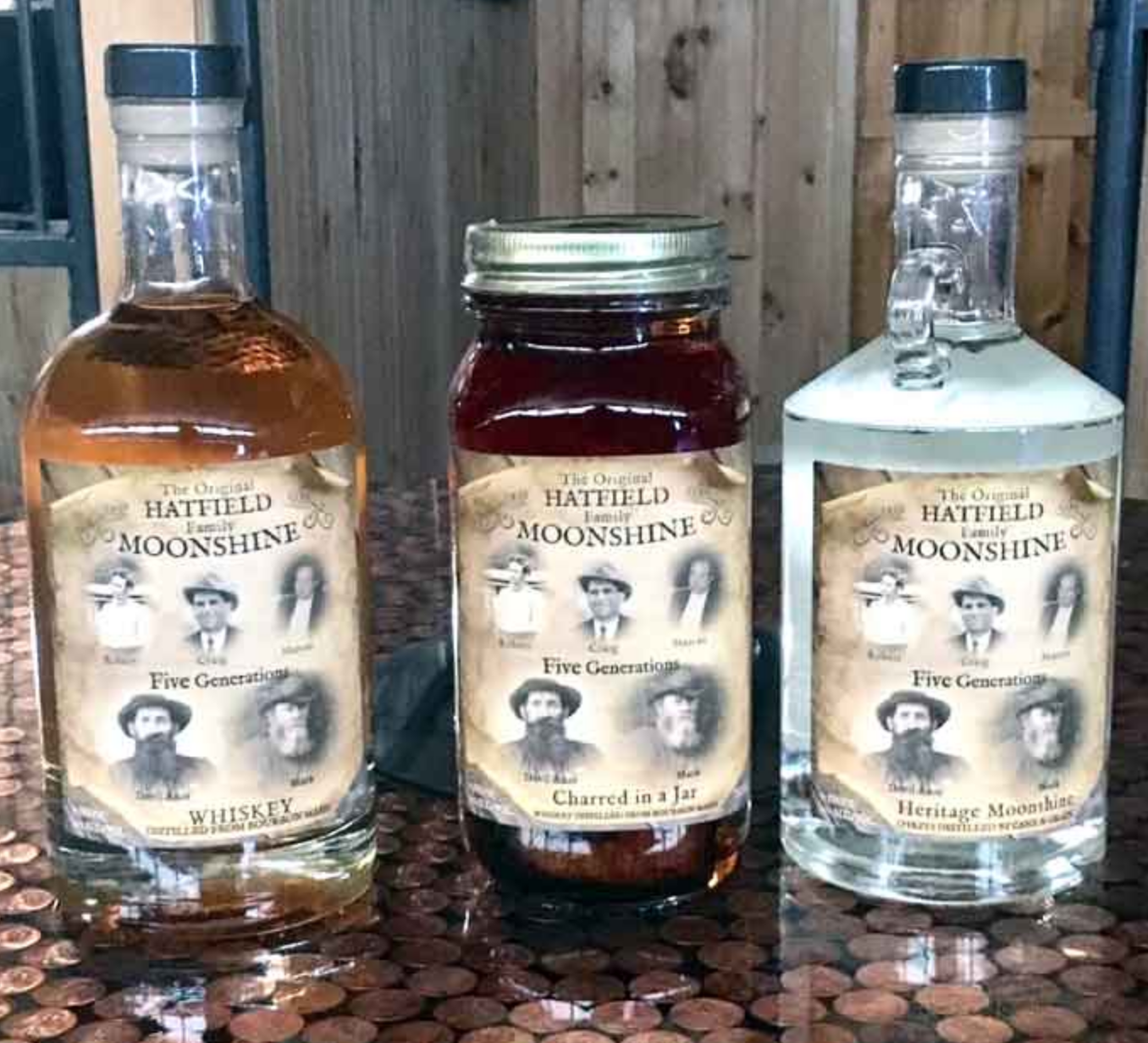
MOONSHINE TODAY
Federal law strictly prohibits individuals from producing distilled spirits at home. The production of these spirits at any non-tax and trade bureau qualified distilled spirits plant can result in severe federal charges. Arrests continue to be made across the country, as they have for decades.
Aside from the legal risks, there are medical risks as well. When unregulated, moonshine has been known to cause medical problems because of the strength of the alcohol. This is another reason why necessary precautions must be taken to regulate the industry, and only legal alcohol should be consumed.
In recent years, a significant number of distilleries have obtained permits to legally manufacture spirits that are labeled as moonshine, including many distilleries in West Virginia. These products are often packaged to look similar to traditional moonshine in glass canning jars or jugs.
The West Virginia Department of Tourism recommends several distilleries across West Virginia that now offer the legal variety of moonshine. These include Appalachian Distillery (Ripley), Black Draft Distillery (Martinsburg), Hatfield & McCoy Moonshine Distillery (Gilbert) and Isaiah Morgan Distillery (Summersville). These distilleries have helped to develop new tourism. The Whiskey Rebellion Trail was created in Pennsylvania connecting distilleries in the state with the Whiskey Rebellion’s history.
MOONSHINE SURVIVES
Moonshine has survived much throughout history. Today, the legal industry is facing the challenges of the COVID-19 pandemic like all businesses. However, some distilleries are finding ways to adapt.
Ridge Runner Distillery sits on a 200-acre farm located in Chalkhill, Pennsylvania, about 85 miles from Wheeling, near historic U.S. 40. Ridge Runner Distillery owner Christian Klay and Andrew Hotlosz, head distiller, were both born in Wheeling.
The COVID-19 pandemic has presented both unique opportunities and challenges for Ridge Runner, as Hotlosz explains. “Initially it was a scary time; we didn’t know how a business primarily based around tourism would fare during a pandemic. Then Pennsylvania shut down their State Wine and Spirits stores, so we actually experienced a significant influx of new customers to the point where we had to close down for a week to catch up with stock.”
As COVID-19 cases continue to rise for a second time, Hotlosz added, “We are prepping for a second wave of closures. Doubling all our inventory orders and jamming everything we can into our building.”
It was a new venture for many distilleries, including Ridge Runner, which would help many during this uncertain time. “At some point, we realized that we had the ability to really help with the hand sanitizer shortage. So we started making it immediately, even taking up some of our finished spirits and converting them into hand sanitizer for the people who really needed it,” said Hotlosz.
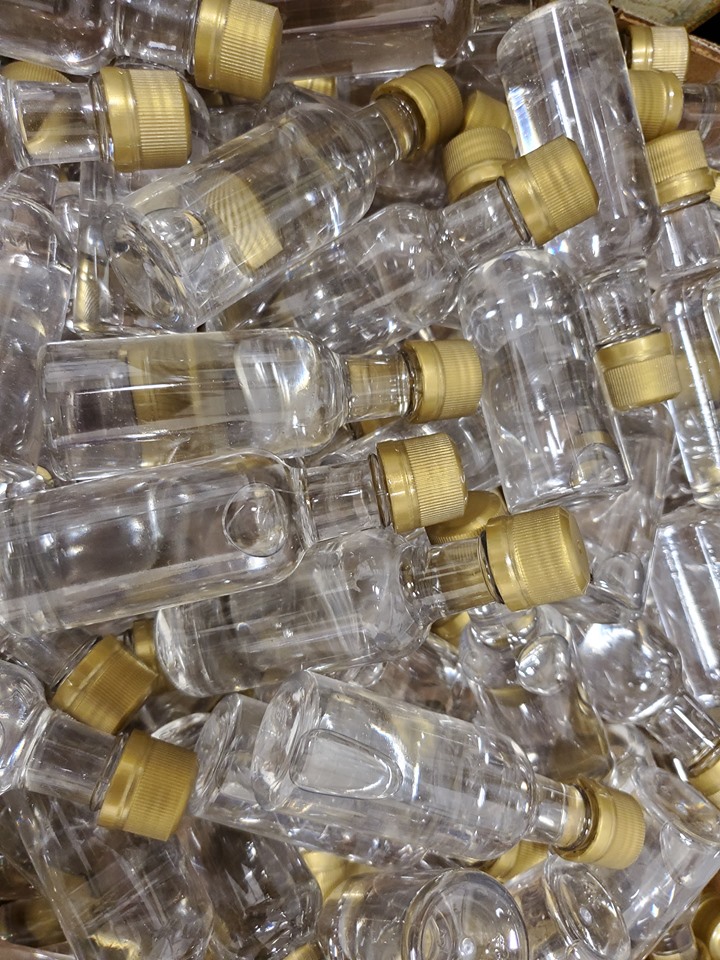
A Facebook post on Ridge Runner’s page explains that, in April, the Fayette County Emergency Management Agency picked up 55 gallons of the distillery’s hand sanitizers to distribute to “ambulances, firefighters, cops, etc.”
“By the time FEMA requested sanitizer from us, the gravity of the situation had well set in from all the calls and messages from hospitals, nursing homes, police stations, etc. So it wasn’t exactly crazy of us to donate to FEMA, but it was definitely an awesome feeling to be able to help. Luckily they haven’t needed anymore since,” he said.
Hotlosz explained it has been a team effort during this time. He says the distillery’s owner, Christian Klay, and his wife, Tia, really took a lot of their personal time setting up everything, mixing and bottling a lot of sanitizers themselves. Their sister company, Christian W. Klay Winery, and other wineries around the state stepped up and donated some of their wine to be converted into sanitizer as well.
THE LAST SIP
Moonshine is part of West Virginia’s folklore and history. However, as can be seen, it is about more than just the stereotypes of long-bearded Mountaineers sipping on crock jugs of liquor. It’s a story of heritage, survival, tradition, battle and — when approached correctly — continues today as a legal industry of potential economic opportunity. In the midst of a horrible situation, it can even be used to help others.
Mountain dew, white lightning, firewater, mash liquor or corn liquor — regardless of the name, the strong liquor is part of West Virginia’s history. While the illegal history is likely seen as a shameful part of our history, it is an important part of our history nonetheless. The potential of legal varieties bring great excitement for many new opportunities. So raise a legal glass and honor!
• Kyle Knox, born and raised in Marshall County, West Virginia, is a long-time events industry professional with years of experience working at various venues and events throughout the tri-state area, including The Capitol Theatre, WesBanco Arena, Jamboree In The Hills, Heritage Music BluesFest and the Wheeling Symphony. Before returning to the Wheeling area, Kyle also worked in the events industry in Pittsburgh. Kyle is passionate about music, Appalachian history and culture, nature and local sustainable foods. He is a 2013 graduate of West Liberty University and became a contributing writer for Weelunk in 2020.


